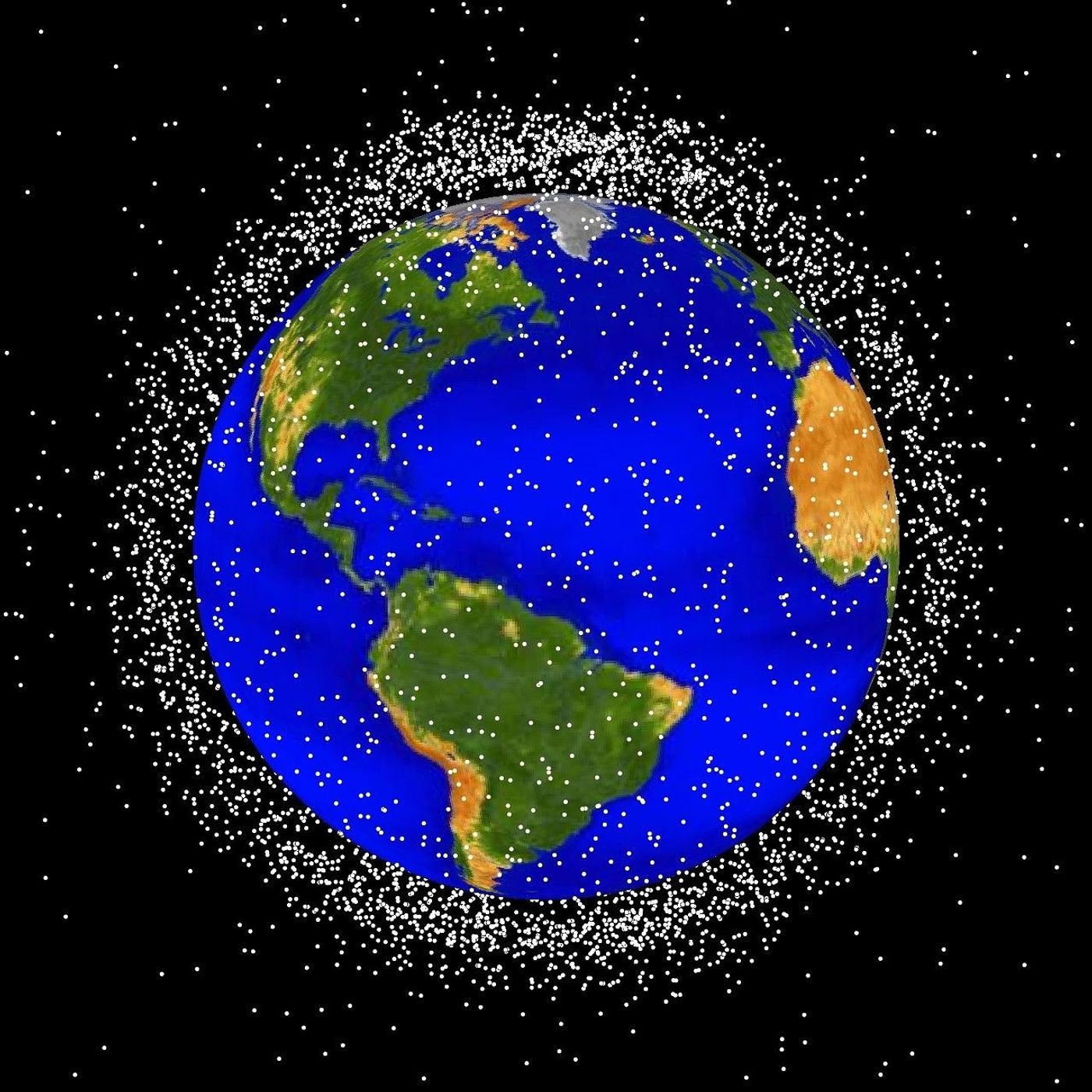RemoveDebris Spacecraft Successfully Nets a Piece of Space Junk
Experts approximate that there’s around 7.5 metric tons’ worth of space junk swirling around our planet. Most of this junk is comprised of dead satellites, spent rocket components, and small fragments produced during high-speed space junk collisions.
The space junk problem has raised a substantial amount of concern in recent years, with the primary fear being that it could one day become too challenging to navigate rockets and spacecraft through the space junk cloud. That said, researchers have started collaborating on ways to clean some of it up.
Image Credit: Pixabay
One of many space junk-cleaning implementations has been the British RemoveDebris spacecraft, which could validate the use of nets and harpoons for wrangling nearby space junk and facilitating its descent into Earth’s atmosphere where it can burn up during re-entry.
RemoveDebris was released into orbit around the Earth from the International Space Station earlier this year, and the proof-of-concept mission recently made its first attempt at validating anti-space junk nets.
Image Credit: NASA/NanoRacks/Ricky Arnold
The footage below, captured with a camera mounted on the side of RemoveDebris, shows a net being ejected from the spacecraft and ensnaring a nearby piece of tumbling space junk:
Admittedly, this wasn’t a genuine piece of space junk; instead, it was an experimental object brought along by RemoveDebris and deployed right before the net launched.
Had this have been an official space junk cleanup effort, then a tether line would have been connected to the net to drag the space junk back toward Earth. Because it was merely a proof-of-concept, however, the net was ejected without a tether. Regardless, the brilliant display shows the potential of space junk-collecting nets as a legitimate clean-up method in the future.
"It worked just as we hoped it would," Prof. Guglielmo Aglietti of the Surrey Space Centre told the BBC. "The target was spinning like you would expect an uncooperative piece of junk to behave, but you can see clearly that the net captures it, and we're very happy with the way the experiment went."
Related: Could magnets help us remove space junk from the Earth's neighborhood?
In the future, RemoveDebris will test the harpoon method to see if it’s just as effective at wrangling space junk as nets appear to be. The harpoon, which doesn’t have a surface area limitation, could be better suited for more significant bits of space junk; but just like this test, the harpoon test would involve a piece of dummy space junk brought along specifically for the trip.
It should be interesting to see how RemoveDebris performs in the harpoon testing and whether space cleanup efforts will eventually adopt its net-based wrangling methods. It’s too early to tell as of now, but perhaps the answer will reveal itself in due time.
Source: BBC










